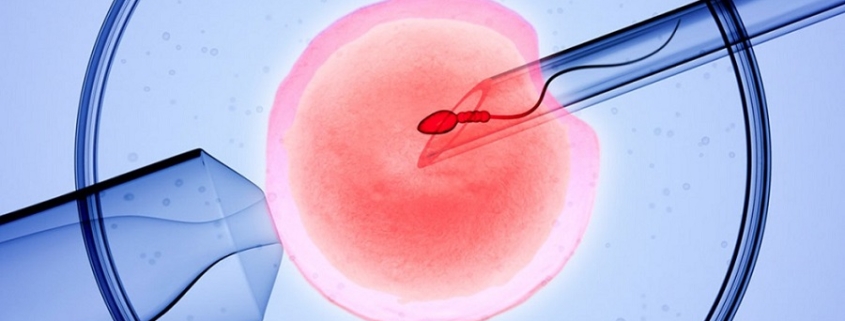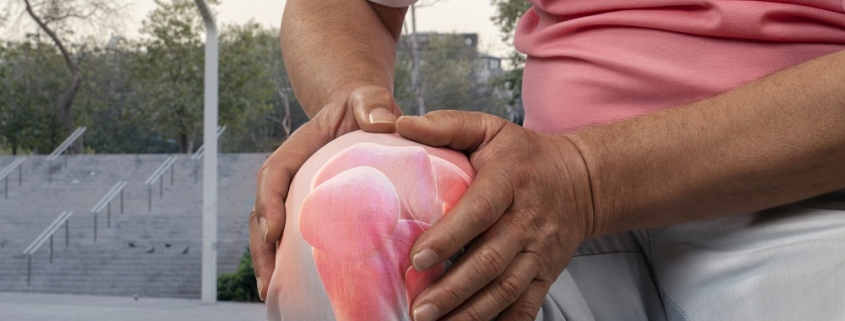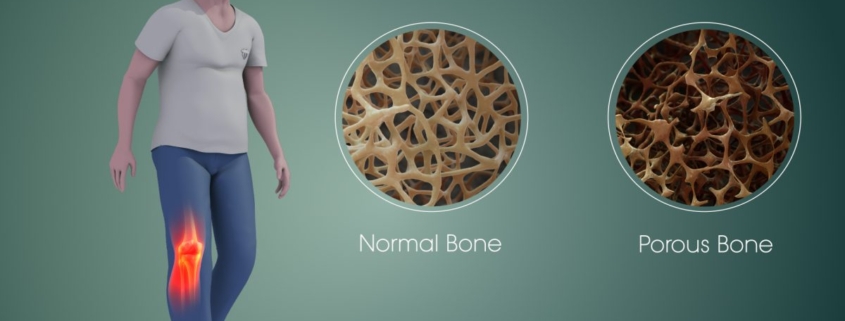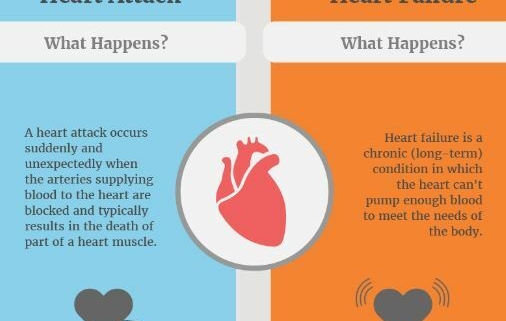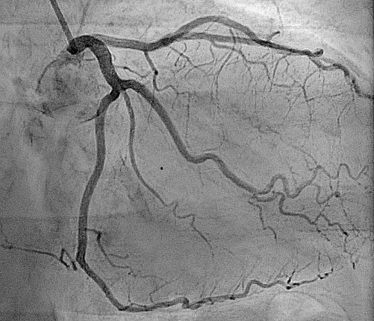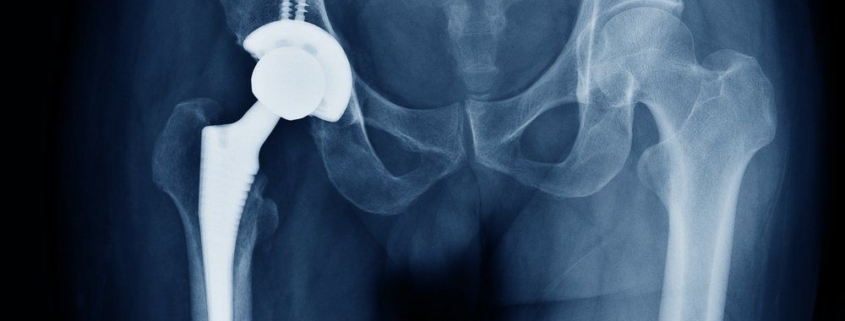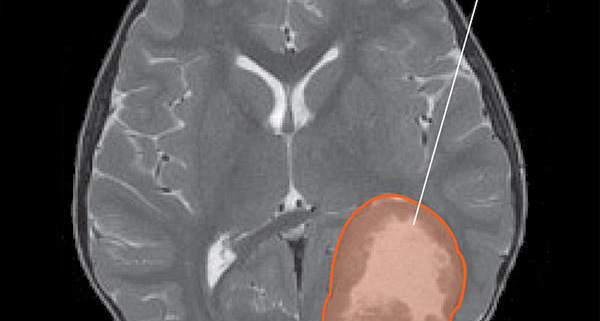There are some misgivings in society regarding IVF, and this article, based on the inputs from some of the best IVF doctors in Delhi who provide certified success and cost effective professional IVF treatment to many people at the IVF Centre, Ayushman Hospital and Health Services; will hope to dispel some myths and lay out some facts about IVF.
Myth-1
IVF is a solution for all infertility related issues
There are many assisted reproductive techniques available today; IVF isjust one of these. Several others like ovulation induction (OI) using medicine, Intra Uterine Insemination (IUI), to name a few, can alsohelp many achieve their dream of parenthood
Myth- 2:
IVF doesn’t work for obese people
This is completely false, while it is known that a healthy BMI can help conceive a child; IVF treatment works equally for underweight, ideal weight and overweight people.
Myth-3:
IVF won’t work for older people
Age is the main cause for infertility among both men and women, but couples have had children well into their advanced years, similarly IVF has been successful for women with advancing age and young women who may need IVF. But it must be stated that chances of pregnancy, even with IVF, reduce drastically with age.
Myth-4
IVF babies are born abnormal
This myth is actually the opposite of what is true: IVF in fact can actually help prevent the passing down of genetic defects from parents to children with the mandatory screening that happens before IVF.
Myth-5
IVF is a complete solution for infertility
1 in 4 couples across the globe face infertility related issues today, and while IVF had helped millions achieve their dream of parenthood; it is not the end all solution unfortunately. As women and men age, their chances of starting a family reduce, and even IVF cannot solve this

